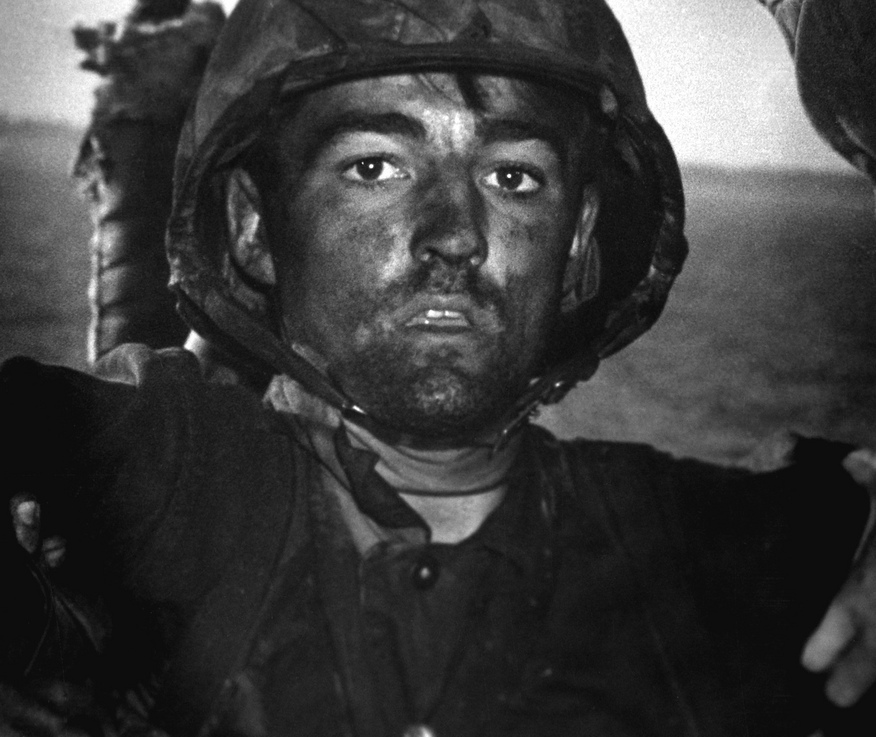Engraved into a wall of the Korean War Veterans Memorial in Washington, D.C are the words “Freedom is not free”. The statement is meant to serve as a public expression of gratitude to those who have lost their lives fighting to keep this nation and its citizens safe. It has been included on countless other war and veteran memorials around the US and has served as inspiration for songs, speeches, tattoos, and testimonies. But if freedom is not free, then what truly is the cost of national security.
It has been said that the ultimate price to pay is one’s life, and to many family just a single life lost is enough to cause years of pain and stress. On a city or state level though, the feeling of loss is not nearly as great. Sure, you may hear about wartime casualties on the news, but with the amount of people that surround you every single day, whether it be at school, work, or wherever else, it’s difficult to feel individual pain and sadness for someone you’ve never met. These numbers can range from dozens to hundreds of people in terms of wartime casualties, but does it stop there?
No. Of course not.
In February of 1944 on the small pacific island of Eniwetok, United States forces exchanged fire with the armed forces of Japan. The fighting raged on from the 17th to the 23rd of February. When a cease fire was finally issued, the combined death toll between both sides totalled nearly 4,000 soldiers. That alone is hard to wrap your head around, yet it pales in comparison to the casualty count of the entirety of World War II. By the end of the war in September of 1945, the total number of deaths between civilians and soldiers combined in the US alone came to be just over 80 million. That’s equivalent to the population of the state of Iowa. 26 times. Is this the price of freedom? And if so, is it really worth it?
The man in the featured photo of this blog post has no name. Historians have concluded that, by his uniform, he was a US Marine who fought in the battle of Eniwetok during World War II, but that’s it. Nothing else is known about him. No one has ever come forward to identify him, which just adds to the eerie atmosphere of the image. The helmet is too big leading some to believe he somehow lost his and had to pick one up off the ground to use. The cloth around his neck is similar to those used during wartime situations to support a makeshift sling in the event of a broken arm. His face is a sheer representation of shell shock. The dried blood on and around his ears lead some to believe that he was suffering from a ruptured ear drum, possibly due to a close-proximity explosion. His mouth is hanging open in what looks like shock and confusion. But the most notable aspect of this image is his eyes. They are the eyes of a man who has seen things that no one should have to see. A man who has done things no one should have to do. They are the eyes that coined the phrase, “the thousand yard stare”. It’s a statement used to describe the look on a soldiers’ face after coming back from war, when the body has nothing to do but process the events of what just happened. They are the eyes of someone who is physically there, but mentally somewhere else. Scientists say that the thousand yard stare is a concrete symptom of the initial stages of Post-Traumatic Stress Disorder, a disorder that effects men and women long after they leave the battle field and yet again begs the question:
Is it really worth it?
The efforts and service of those in the Armed Forces are not to be taken lightly. Millions of people wake up every morning with the luxury of thinking that death is just an idea. That it’s just a bridge to be crossed when the time comes. However this luxury is not possible without those who wake up every morning knowing that it may be the last sunrise they ever see. There’s a saying in the military that goes “do nothing for the applause, do everything for the cause”. Basically, it’s the idea that there may come a time when you have to choose between your life and the lives of countless others behind you. It’s an entirely separate battle. Not with bombs and bullets, but with morality and sacrifice. Not with soldiers, but with self. It’s a battle that no one should have to fight, yet countless soldiers do. It’s their sacrifice that makes it worth it. It’s the strength of, not just a military, but a family behind these soldiers that go out and put their lives on the line everyday for people they may never meet. It’s the efforts of the people who put an entire nation above themselves. It’s those who do everything for the cause, and nothing for applause.
Image from https://en.wikipedia.org/wiki/Thousand-yard_stare

You really got to the heart of true service! Knowing that Jesus exemplified that kind of service for the ultimate cause for us can give us courage to serve. 🤗
LikeLiked by 1 person